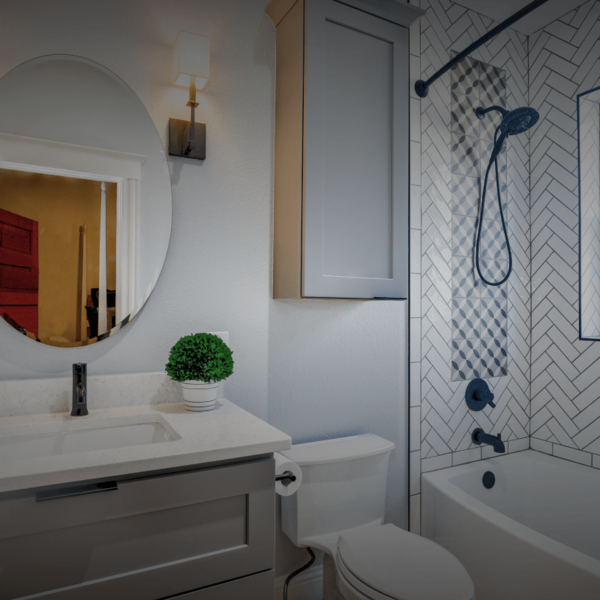Building your ideal tiny house doesn’t have to cost you an arm and a leg. On the other hand, you shouldn’t have to skimp out on any of the design features you want either. If you budget your project properly, then you can both save money as well as end up with your dream home. Even the cheapest tiny house doesn’t have to look cheap. Discover where you can cut costs throughout the building process and save your cash for your travels or to add a collapsible enclosed porch.
Build Your Tiny House Using Recycled Materials
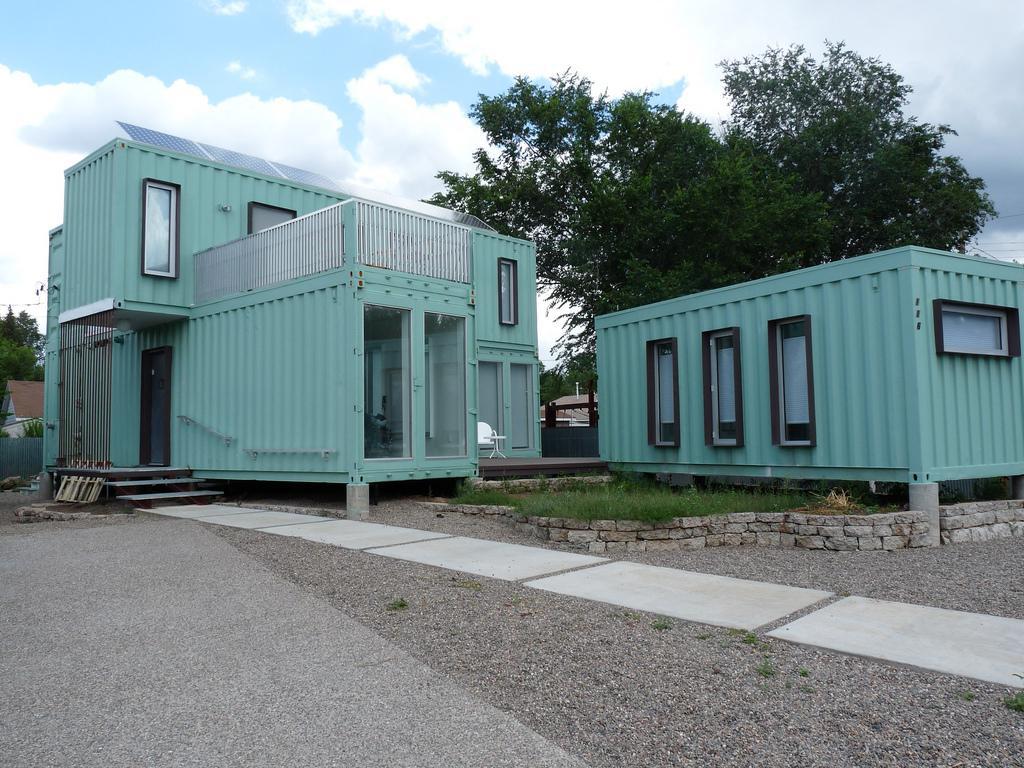
Image Source: Flickr
One of the cheapest ways to build a tiny house is by using all recycled materials. While you won’t always be able to find exactly what you’re looking for, using items you have on hand might help to spark your creativity. Often, you can find things for free that you can repurpose, or already recycled materials that are being sold for close to nothing. Consider checking these areas:
Craigslist
Even though Craigslist isn’t the most reliable source, it can help you find the cheapest material to use for your tiny house. By browsing the free section, you’ll easily find pallet boards, wood, scrap metal, window panes, and furniture that can be useful. You might even get lucky and find a reasonably priced shipping container. These are a popular choice to use for a tiny house shell. They’re waterproof and already put together, so there’s less work involved. If you plan on building your tiny house on wheels, then Craigslist is the ideal place to find an inexpensive trailer as well. If you don’t have luck finding what you need on Craigslist, try similar options like Letgo, eBay, and the Facebook Marketplace.
Your Parent’s Basement
If your parents own a home nearby, then their basement and garage are probably filled with a whole lot of junk. They’d likely be more than happy for you to take some of it off their hands. Look for things that can no only be repurposed for the structure, but look for tools that you will need as well. Even if your parents aren’t ready to give these up, you can probably borrow a few. Another key way to cut costs when building your tiny home is to minimize clutter and maximize usable space. Before construction even begins, take time to sort through what you truly need and clear out unnecessary belongings—especially if you’re downsizing from a larger home. Tackling a basement cleanout can be a game-changer, helping you declutter efficiently and even uncover materials or furniture that can be repurposed in your tiny house build. Other things you might consider are furniture or fabric that you can use when designing the interior. Here are some things to keep an eye out for:
- Paint
- Wood Stainer
- Sandpaper
- Extra Fencing
- Tiles
- Wood Glue
- Unused Carpets
- Hammer and Nails
- A Level
- An Electric Saw
- An Electric Drill
- Shelving
- Hooks
- Wire Cutters
- Pliers
- Wrenches
- Screwdrivers
- Electrical Outlets
- Etc.
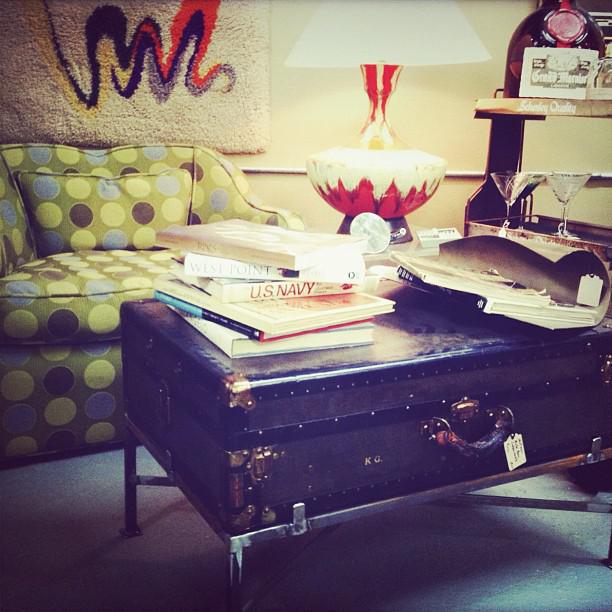
Image Source: Flickr
Local Businesses
Local businesses can be an excellent source for finding recycled materials. They’re often tossing out perfectly good pallet boards and storage containers that you can scoop up. All it requires is being in the right place at the right time. You can also call a few local junkyards and see if they’ll let you poke around. Tell them you’re building a tiny house and they might put some things aside for you if you talk to the right person.
If you live near a Habitat Restore location, run by Habitat For Humanity, definitely stop by. While each location carries different items, you’ll be able to find the cheapest materials to use for an affordable tiny house. As a nonprofit, everything is discounted, and they often run sales or offer coupons. Shopping here will not only support local businesses but everything the organization stands for as well. Aside from building materials, they also carry new and gently used furniture, light fixtures, and appliances.
Pre-Demolition Sales
When a building is in the planning stages of demolition, there will often be a sale scheduled for anything that can be restored. Salvaged materials can include bricks, bathtubs, doors, tiles, sinks, toilets, windows, flooring, and a whole lot more. Prices are usually next to nothing. The hardest part is finding these sales before the building is demolished.
Purchase A Discounted Tiny House Kit
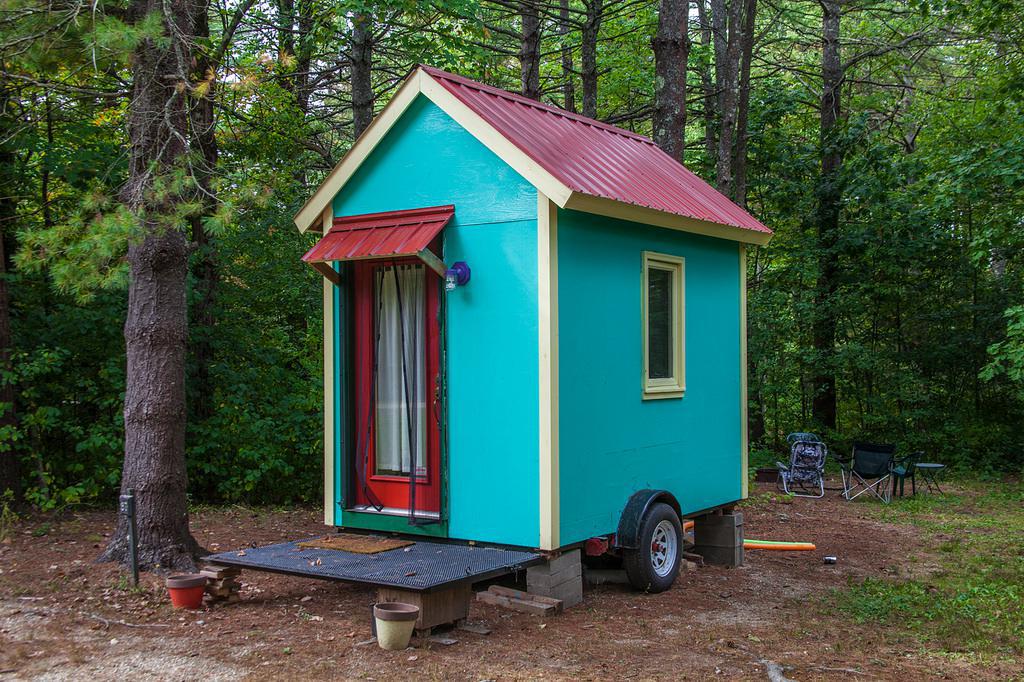
Image Source: Flickr
If you’re on a time crunch, you might not be able to wait to collect all of the materials you need to start building. That’s when a tiny house kit comes in handy. The cheapest tiny house kits for sale will come with design plans and a list of materials. From there you can add different features such as electricity, additional square footage, and plumbing. You can even purchase pre-cut shell materials, a completed tiny house, and everything in between.
Tiny house kits are the best option for those with little or no construction experience. Some of them even come with color-coded materials for easier assembly. Purchasing a kit doesn’t mean you’re stuck with a cookie cutter design either. You can ask them to customize your affordable tiny house blueprints, but likely at a higher price. Waiting for a sale can help to reduce the cost though significantly.
Power Your Tiny House Wisely
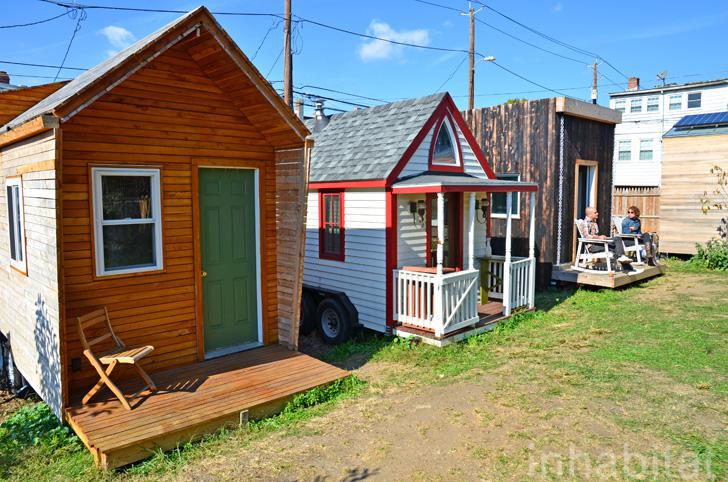
Image Source: Flickr
There are a number of options to choose when it comes to powering your new home. Deciding which one is best for you doesn’t mean you should just choose the cheapest electric unit for your tiny house though. You need to determine what setup will work best for you and your intentions. Do you plan to travel? Where do you plan to park your tiny house? How much electricity do you think you’ll use? Here are the most popular power options to consider:
RV Hook Up To Local Utilities
The simplest option for electricity when you’re tiny living is to set it up so that you can hook up to local utilities in RV parks. All you have to do is plug in your new home. If you plan on staying in these types of areas, then this might be the best option for you. Having your tiny house set up for RV parks also means you can easily remove your waste and hook up your house so that you have running water.
On the downside, this isn’t the greenest option. If you’re trying to reduce your carbon footprint, then this electrical setup probably isn’t right for you. There’s also a fee for using an RV park’s utilities. It’s usually included in the cost of the parking spot, which ranges anywhere from $25 to $100.
Solar Power
Even though solar panels are the most popular power source for tiny homes, they’re also the most expensive. Often members of the tiny house community will add them later on when they’re doing renovations. They’re ideal for those who want to live off the grid and don’t want to remain tethered to a power source.
Figuring out how many solar panels you need is a whole other obstacle. Dee Williams, author and founder of PAD explains:
“Over time, I’ve gotten comfortable with my limited understanding of what is actually happening, [but] here are the bare bones: no electricity is generated at night, less electricity is generated in the long dark winter, and if I try to run something big (a refrigerator, a vacuum, a compound miter saw) everything will shut down.”
If you decide to go with solar power, add an electrician into your budget. You will likely also need a backup power source such as a generator. This will ensure you have electricity even on the cloudiest days.
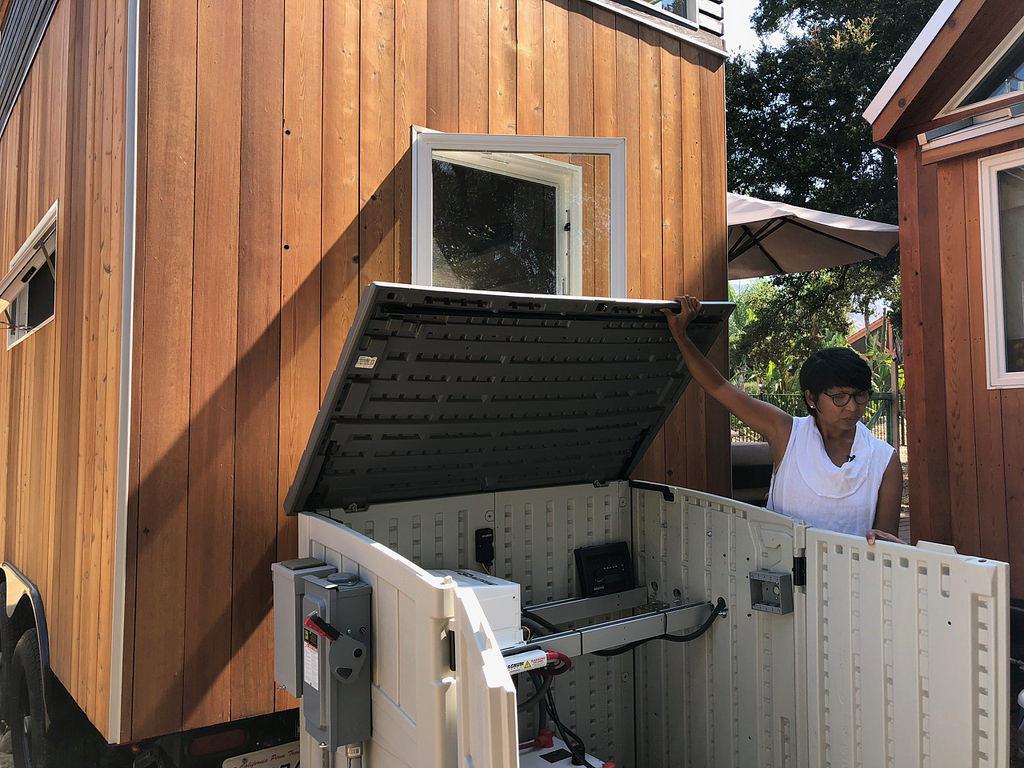
Image Source: Flickr
Wind Turbines
Another green option is installing a wind turbine on the top of your roof. Similar to solar panels, this power option isn’t always reliable. The wind isn’t always guaranteed. It is green though and would allow you to live off the grid. You’ll likely need a backup power source as well though if you don’t want to deal with outages.
Generators
While generators are often the go-to backup power option, it can also be your primary source of electricity. Either a gas or solar generator can be used to power most of the items in your tiny house. You might not be able to run high powered items like blow dryers, air conditioners, and heaters, but living off the grid often means roughing it a bit.
Gas generators are definitely the cheaper option, but they’re known for being loud. You’ll also need to keep buying and filling it up with gas in order for it to work. While solar generators have a higher cost upfront, they recharge on their own as long as there’s sunlight.
Once you decide which power source works best for you, it’s best that you also have a backup method. Combining two electric systems is the only way to ensure you always have access to power.
Apply Heat Efficiently Practices To Your New Home
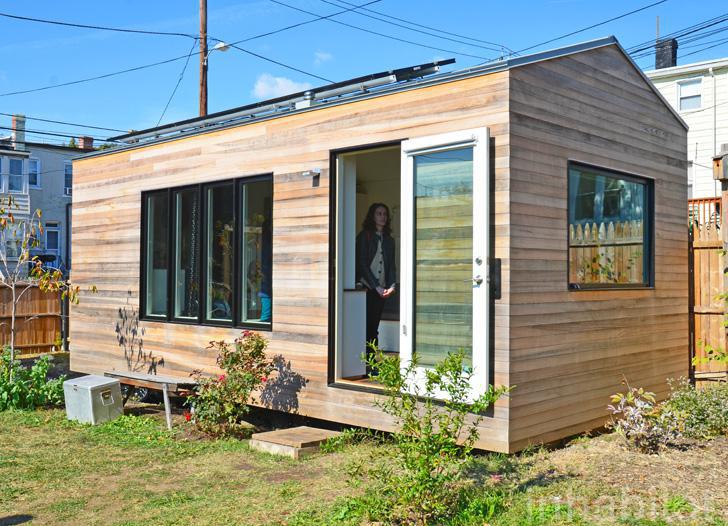
Image Source: Flickr
Heating is a hefty bill, regardless of where you live. The average homeowner will pay an average of $450 per month on heating over the winter. Fortunately, there are a number of cheaper heating options to choose from when it comes to tiny living.
Buy an Electric Heater
As the cheapest option, your electric heater will ensure you sleep through winter nights without having to dress in thermal pajamas. Simple to use, there’s only one downfall. Electric heaters require electricity. If you plan on parking your home in an RV park for the majority of the time, then you won’t have a problem. However, solar panels or generators built for living off the grid likely won’t be able to power your heater.
Use a Wood Stove
An indoor wood stove is necessary if you plan on taking your home on wheels to areas where the climate is cooler. It’s relatively cheap and can serve as your back up in case your other method isn’t working. You can even purchase a model that allows you to cook on top of it as well. They’re cute, affordable, and they’ll make your tiny home smell like a campfire. You really can’t go wrong.
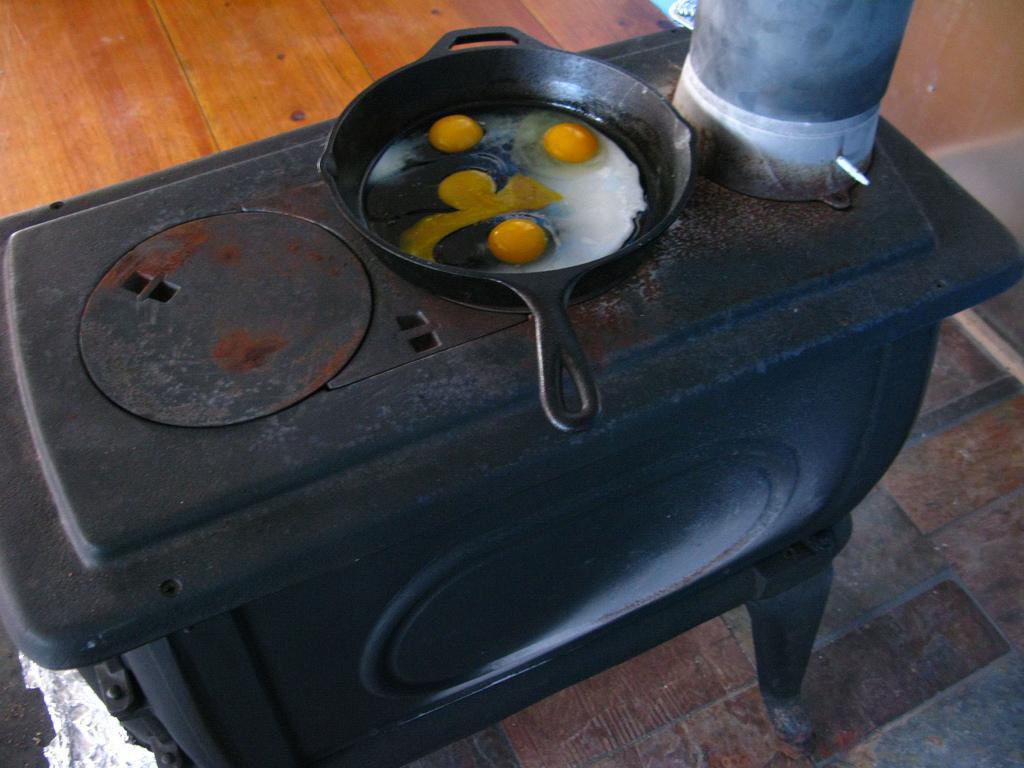
Image Source: Flickr
Gas Heaters
Just a tad more expensive than electric heaters, gas heaters are also an excellent option for heating your tiny house. They don’t cost very much up front but keep in mind that you’ll need to purchase gas for it regularly. If your generator works on gas, then this might be the best option for you since you’ll be buying extra fuel anyway. While gas heaters can take up a lot of space, if you spend just a bit more you can find a relatively flat wall unit instead.
Solar Heaters
As the most costly option up front, a solar-powered heater might save you money in the long run. You can expect to pay a little over $1,000 for the system, which is said to attract heat from the sun even on cloudy days. Quebec resident Gabriel Parent-Leblanc discusses his use of a solar heater and how it saved him money in an interview with Exploring Alternatives.
“One of the winters I lived in [my tiny house] was 2014-2015. It was one of the coldest winters we had since 100 years or so. It was really cold. And it only cost me $100 to heat up the whole place all winter. My temperatures were between 17 and 25 degrees Celsius (62 to 77 Fahrenheit) all the time. Really it was my solar heating that was giving me a lot of free energy, and I only had to heat up at night with a small electric heater.”
Imagine only paying $100 for heating all winter! Once again, however, it does cost more up front than your other heating options. If you want to learn more about solar heating, watch Gabriel’s interview:
Use The Cheapest Furniture For Your Tiny House
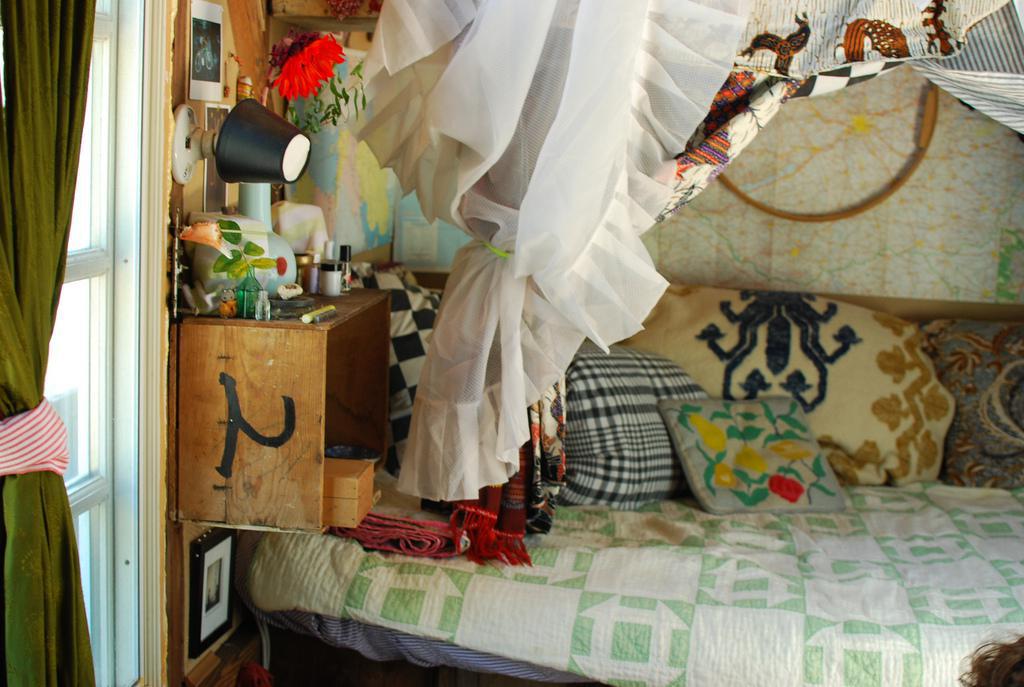
Image Source: Flickr
The cheapest way to build a tiny house is to construct your furniture from repurposed materials. You’ll have to purchase a few things, but it’s best to save a nice chunk of money for your appliances. Especially if you want a toilet that actually flushes. Any furniture you already have that is in decent condition can be painted and given new life. The same goes for anything you find curbside or at a reasonable price.
There are a number of must-have pieces of furniture that you’ll need for your tiny house and will want to keep an eye out for. Even if you’re in the early stages of building, there’s no reason not to stary collection materials for the interior. Here are a few items you might want to put aside:
- Bookshelves
- A Futon
- Kitchen Cabinets
- Folding Chairs Or Barstools
- Ottomans With Storage
- Collapsible Desk Or Table
The key is to save any space saving and storage pieces that could be useful down the line. Tiny homes often require unique mini appliances that you will likely have to pay full price for. By repurposing some old furniture, you’ll be able to use that part of the budget for a composting toilet or a dishwasher. Having the cheapest tiny house on wheels doesn’t mean it needs to look cheap. You just need to know where to cut corners.
Incorporating an adjustable height desk into your tiny home is more than a mere nod to ergonomic design—it’s a versatile solution that brings a wealth of benefits. From promoting better posture and increasing comfort to enhancing space efficiency and encouraging a dynamic work environment, these innovative desks are a game-changer.
Find A Free Space To Build
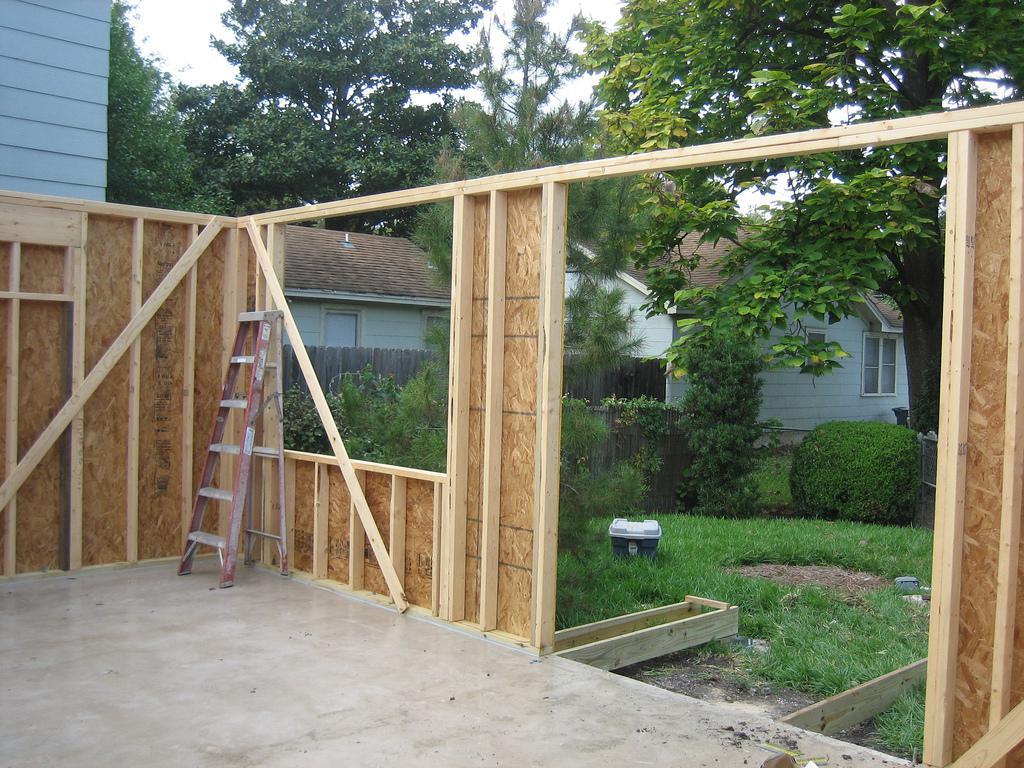
Image Source: Flickr
One of the most significant costs associated with the building process is the price of renting a space to construct your tiny house on. If you have the option to build on a piece of land for free, you should take it. Ask your friends and family if you can use their yards or garage. Once you tell them about your tiny house plans, they might even be intrigued enough to lend you a hand every once in a while.
It’s important that you be realistic with your timeline though. Depending on how much you build yourself and how much experience you have, this can be an extensive project. The average person needs 480 hours to complete their tiny home. In comparison, a professional would likely only need 200 hours. By having the freedom to work in a space free of charge, you won’t have the added pressure of a monthly bill to push you to work. So, you’ll save money but need to find some other way to keep yourself on track.
Summary
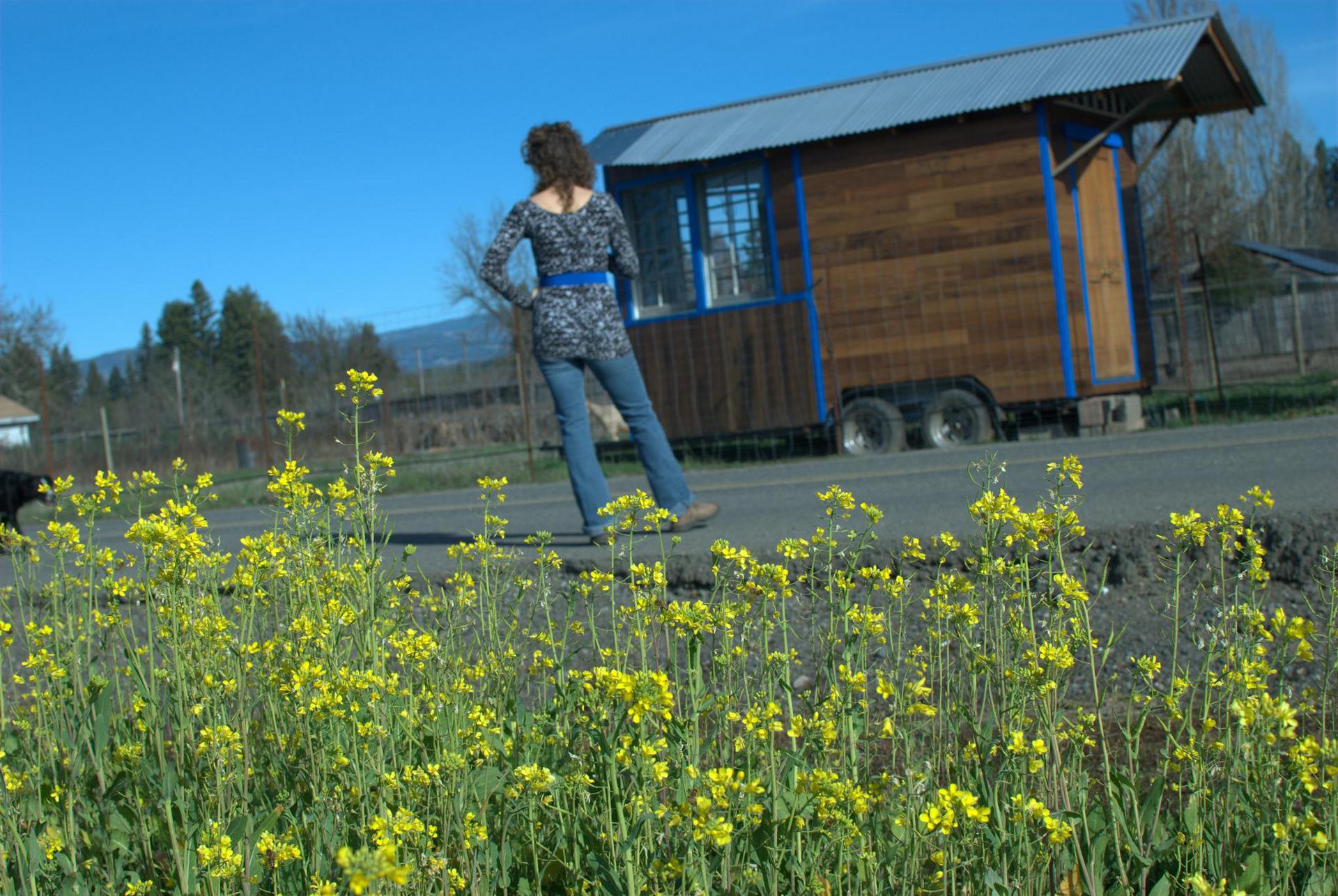
Image Source: Flickr
Expand your budget with these money-saving tips, and you’ll be glad you did. Building an affordable tiny house is more than just creating a space for you to live. It’s a creative journey that you should embrace with open arms. Even if you have little experience with crafting things with your hands, you’ll still be able to enjoy the process. It has never been easier to work on this kind of project. You have all of the inspiration and tutorials you could ever need at your fingertips.

